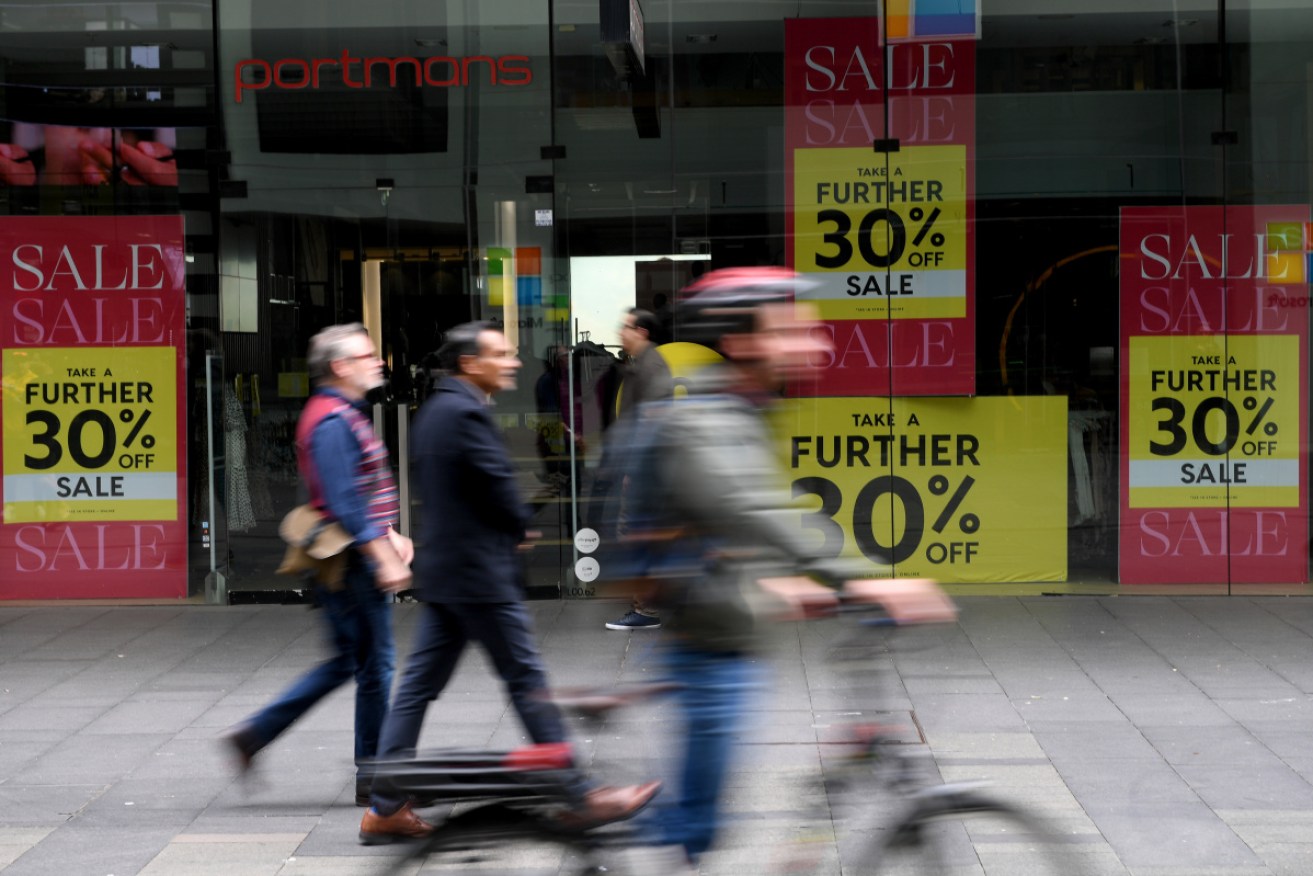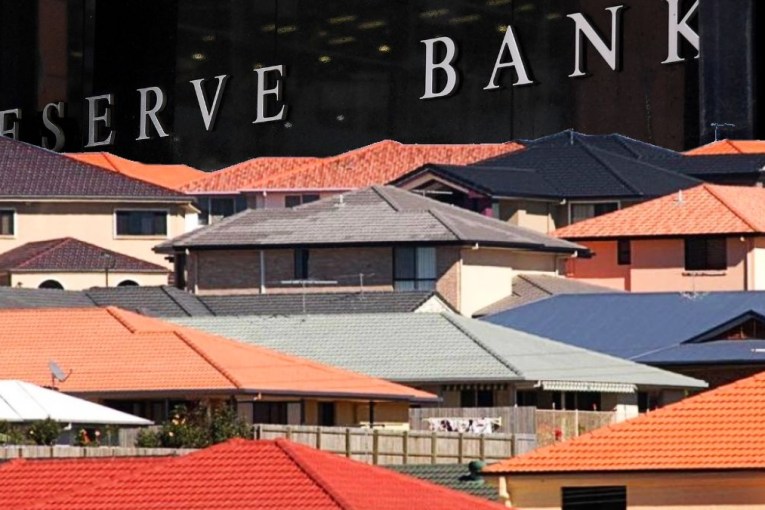Spending rose in January despite Omicron


RBA estimates have raised the level at which it believes full employment may drive up inflation. Photo: AAP
Retail spending grew by a stronger-than-expected 1.8 per cent in January as consumers appeared to defy the impact of the COVID-19 Omicron variant.
The Australian Bureau of Statistics said the rise followed a 4.4 per cent drop in December, which came after strong gains in the previous two months as the economy recovered from the Delta strain lockdowns.
“The 1.8 per cent rise continues to add strength to the post Delta lockdown retail recovery with sales at the second highest level in the series,” ABS director of quarterly economy wide statistics Ben James said.
The ABS also released its business indicators report for the December quarter, elements of which will feed into Wednesday’s national accounts.
Company gross operating profits rose two per cent in the quarter, and in line with economists expectations.
Business inventories — stock on shelves and warehouses — rose by 1.1 per cent when economists had expected a flat result.
Economists have predicted a three per cent rise in economic growth for the December — figures that are included in the national accounts — after the Delta lockdown-related contraction of 1.9 per cent in the September quarter.
Shadow treasurer Jim Chalmers expects the national accounts will show a healthy economic recovery.
But he told an Australian Industry Group function the uncertainty around the war in Ukraine will push up energy and food prices and feed into some serious market volatility and investor caution, with consequences for the Asia-Pacific region and Australia.
Dr Chalmers says the emergence of inflation poses difficult judgments for the Reserve Bank of Australia on interest rates, “which will sting when they inevitably come off their low base”.
The RBA will hold its monthly board meeting on Tuesday, but economists expect it is still some months away from lifting the cash rate from a record low 0.1 per cent given last week’s wage growth figures.
They showed annual wage growth of 2.3 per cent when the RBA wants to see three per cent-plus before raising the cash rate.
The RBA’s monthly credit figures also released on Monday showed demand for housing loans rose by a further 0.7 per cent in January to an annual rate of 7.7 per cent, the highest level since August 2010.
Total credit — including housing, personal and business loans — rose 0.6 per cent for an annual rate of 7.6 per cent, the fastest rate since late 2008.
– AAP








